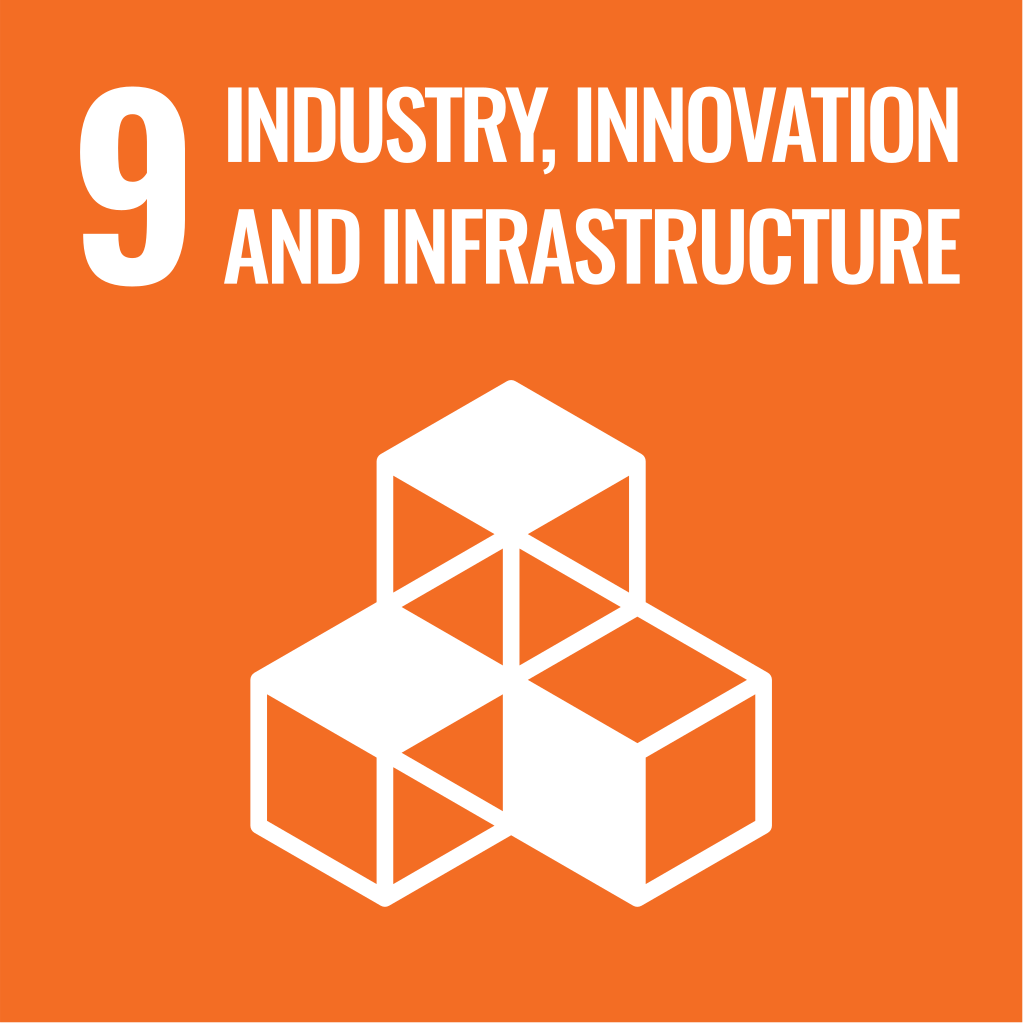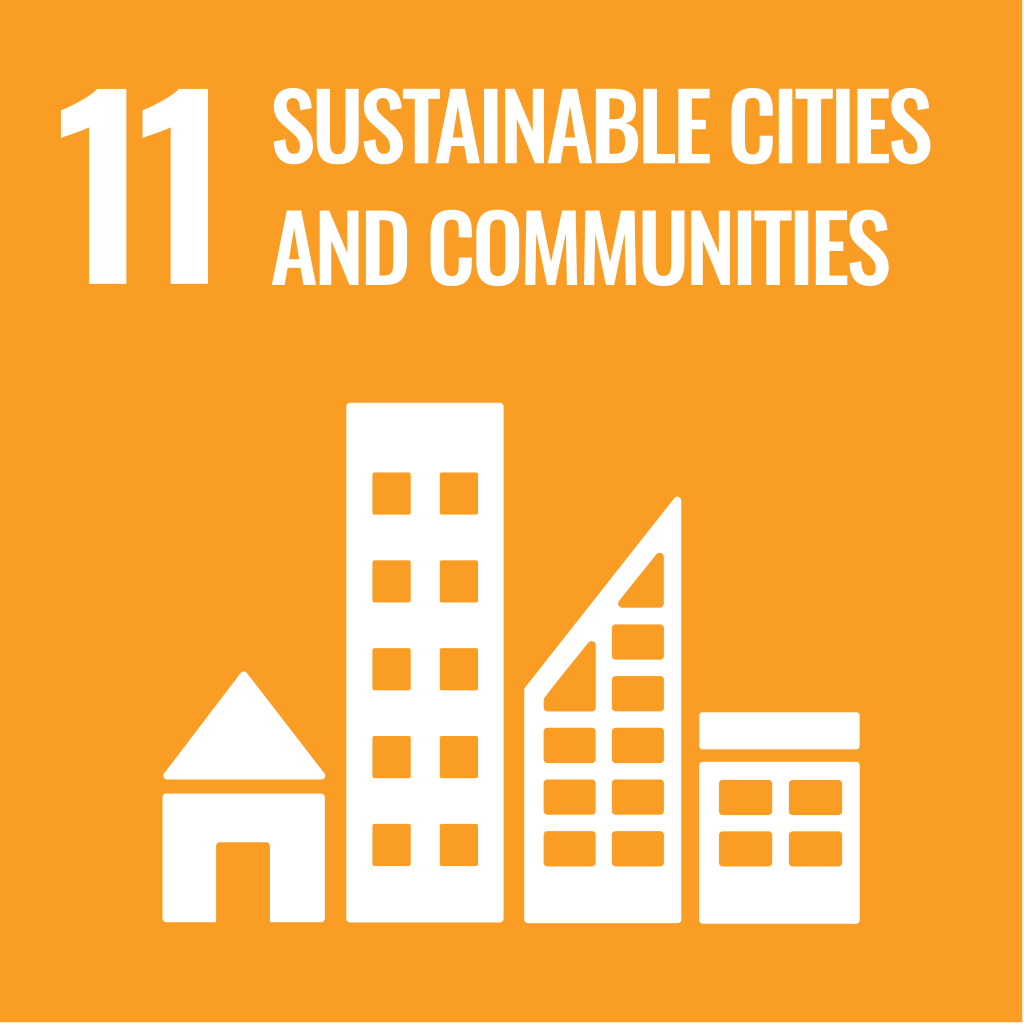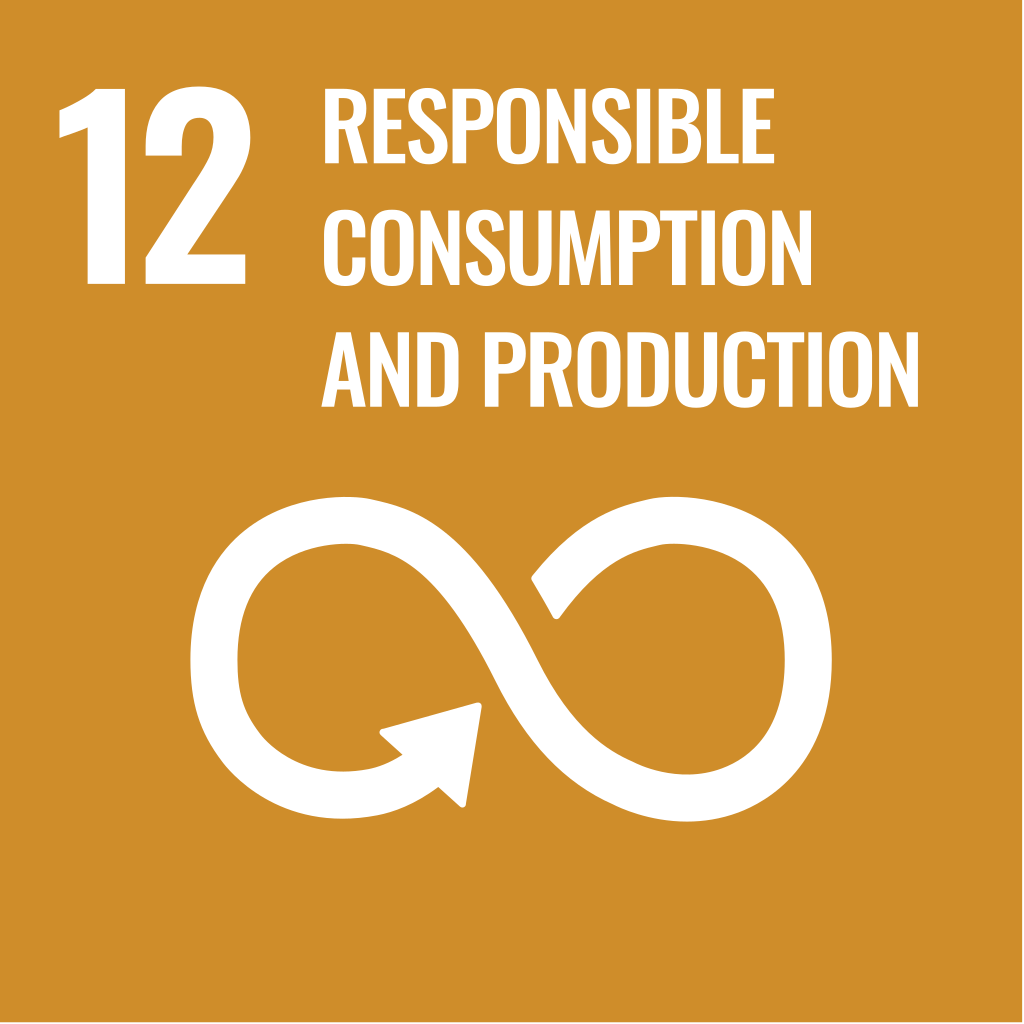| Course label : | Smart Decision |
|---|---|
| Teaching departement : | EEA / Electrotechnics - Electronics - Control Systems |
| Teaching manager : | Mister ABDELKADER EL KAMEL |
| Education language : | English |
| Potential ects : | 4 |
| Results grid : | |
| Code and label (hp) : | G1G2_ED_EEA_SDE - Smart Decision |
Education team
Teachers : Mister ABDELKADER EL KAMEL / Mister KHALED MESGHOUNI
External contributors (business, research, secondary education): various temporary teachers
Summary
The objective of this elective on “Quantitative Analysis & Business Decision” is to learn about advanced soft-computing methods and simulation approaches for optimization and decision-making problems. Based on "Learning by doing" and "Reversal" innovative teaching methods, the elective train students to specify & analyze a decision problem, define precisely its solving frame then develop different alternatives and scenarios for operational real study-cases on logistics, management, transportation & finance...
Educational goals
Following this case-study based course on "Quantitative Analysis & Business Decision" called shortly "Smart Decision", students will be skilled on: - Reasoning and considering large scale, uncertain open problems, multilevel hierarchical analysis & specification - Taking into consideration multiple data sources, uncertainty or lack of information... of real environment and conditions - Interpret simulation results, take a step back and consider the truthfulness of considered hypothesis, model simplification and constraint relaxation - Simulation skills and exploration of Excel powerful facilities - Performance analyse and methods evaluation for suitable decision making - Derive a real useful EIS with legible & comprehensive IHM - Extend to complex pluri-disciplinary, multiple-scale, multiple-domain industrial operational problems. Hence, the module description is as follows: When considering complex engineering and/or business & management decision problems, we usually make a strong assumption that all variables involved in the decision process, called the input variables, are known, accessible and manageable. Therefore, we say that these input variables are controllable. In real word, this assumption is far from being verified and appears restrictive or even completely wrong when trying to keep a practical and realistic sense in decision-making processes in uncertain real environments. In this course, we present a Quantitative Analysis, multi-criteria multi-objectives decision-making approach in the presence of controllable and non-controllable input variables. Based on simulation and using the Software Excel, we search for optimal or quasi-optimal solutions for decision-maker to implement following deep problem analysis and specification (design level), algorithm conception (flow chart) and computer-based programming (simulation). This approach will be applied to solve several real case studies in decision-making in different fields such as Logistics (Stock, Queuing, Conveying…), Transportation (bus, airport coach, delivery…), Management (best options, planning…), Investment (Call for competitive tenders, retirement planning…), Financial Placements (bank placements vs. stock market)… We shall show how, from simple initial situations, we can improve the decision-making process by integrating phenomena neglected in a first analysis and modeling phase. In fact, in each decision process, we are driven to define a precise study framework leading to the definition of a set of more or less restrictive assumptions (Simon DSS Model). The proposed approach suggests proceeding in steps where the transition from one step to the next, to enrich the optimization model and derive the most realistic decision, is carried out through a feedback mechanism by freeing some initial restrictive assumptions. Thus, we can measure the impact of such assumptions on the effective decision-making under uncertainties in real environments. Students hence take active part to deal with the study-cases in a genius pro-active way working in binomial to enhance cooperative and group discuss. The course & study-cases decomposition is as follows: Overview about Decision Support Systems (DSS) • Introduction to DSS • The Decision Maker • The Process of Making a Decision • Simulation for Optimal Operational Decision-Making Problems Practical Case Studies • Plane Overbooking • New product launch • Competitive Tender • Stock Management • Queuing Process / ATM • Airport coach management • Rent a Car • Bus planning • Investment for Retirement • Cash-Flow & Placement • Project management with & without delays • Manufacturing systems A second part will be devoted to Heuristics & Meta-heuristics with applications to VRP & TSP (Vehicle Routing & Travel Salesman Problems)
Sustainable development goals



Knowledge control procedures
Continuous Assessment
Comments: - In class investment: design, modeling, simulation & performance analysis
- TNE Homework & complementary mini-projects
- Final defense with overview on methodological & practical methods & developments
Online resources
Software & Reference Books: MICROSOFT EXCEL "Optimization in Engineering Sciences: Approximate and Metaheuristic Methods", P. BORNE, A. EL KAMEL, F. FILIP, D. POPESCU, D. STEFANOIU, Wiley 2014 ISBN: 9781118648766 "Optimisation en sciences de l’ingénieur: Métaheuristiques, Méthodes Stochastiques et Aide à la Décision", P. BORNE, A. EL KAMEL, F. FILIP, D. POPESCU, D. STEFANOIU, Hermes Science - Lavoisier, Paris 2014. ISBN: 978-2-7462-3927-2
Pedagogy
- « Learning by Doing » based on real study cased - Alternance course, simulation & group discussions - "Reversal approach" based on mini-projects & study cases
Sequencing / learning methods
| Number of hours - Lectures : | 36 |
|---|---|
| Number of hours - Tutorial : | 12 |
| Number of hours - Practical work : | 0 |
| Number of hours - Seminar : | 0 |
| Number of hours - Half-group seminar : | 0 |
| Number of student hours in TEA (Autonomous learning) : | 24 |
| Number of student hours in TNE (Non-supervised activities) : | 0 |
| Number of hours in CB (Fixed exams) : | 0 |
| Number of student hours in PER (Personal work) : | 0 |
| Number of hours - Projects : | 0 |
Prerequisites
- Basic knowledge of probability, logics raisoning, programming, regulation & optimisation - Practical sense, creativity, open-mindedness to consider open, complex, realistic decision-making situations.
Maximum number of registrants
64
Remarks
* Elective could be taught in French or English * Students, by 2, work at their own rythme to solve a large number of study cases which complexity and difficulty increase gradually covering multiple domains as Logistics, Queuing problems, Business & Management, Finance & Investissement, Management...